Sheep kill figures published by the Department of Agriculture for the final week of 2023 shows throughput fell by 48,816 on 2022 levels to 2.86m head.
There were contrasting fortunes for hogget and spring lamb throughput.
Hogget throughput increased by 78,693 head, or 9%, to its highest level in over a decade of 908,412 head. This is reflected in Table 1, which shows the breakdown of the kill by category over the last five years.
In contrast to the hogget kill, spring lamb throughput fell by 74,108 head, or 5%, and was recorded at a total of 1,553,947 head.
The ewe and ram kill also reduced significantly, falling by 53,412 or some 14% on the previous year. It is likely that higher numbers of ewes were exported live, but it is expected that this figure will not account for the reduction of the ewe and ram kill in 2023.
The reduction in the ewe and ram kill defied expectations, with many in the industry expecting higher culling at farm level due to a challenging production environment, including record input costs.
Figure 1 details throughput trends over the last 10 years.
Throughput in 2023 was recorded 23,193 above the five-year average kill and 76,805 head above the 10-year kill.
Throughput in the first half of 2024 is expected to at best match 2023 levels, but many industry predictions point to throughput easing slightly.
The 75,000 head shortfall in the lamb kill in 2023 is not expected to be in the system (reduced ewe numbers and higher lamb mortality) and therefore the carryover of lambs is expected to remain similar.
Again, higher live exports could also be partly responsible for a lower lamb kill in the second half of 2023.
Price analysis
Figure 2 details Bord Bia price analysis over the last 10 years.
The average hogget/lamb price was recorded at €6.60/kg in 2023 representing a fall of 20c/kg on the previous year.
Despite the reduction, the average farmgate price in 2023 trended approximately 60c/kg above the five-year average and €1.20/kg above the 10-year average price.
Prices lagged behind 2022 levels for the first four months of the year before following a similar trend line for the remainder of the year.




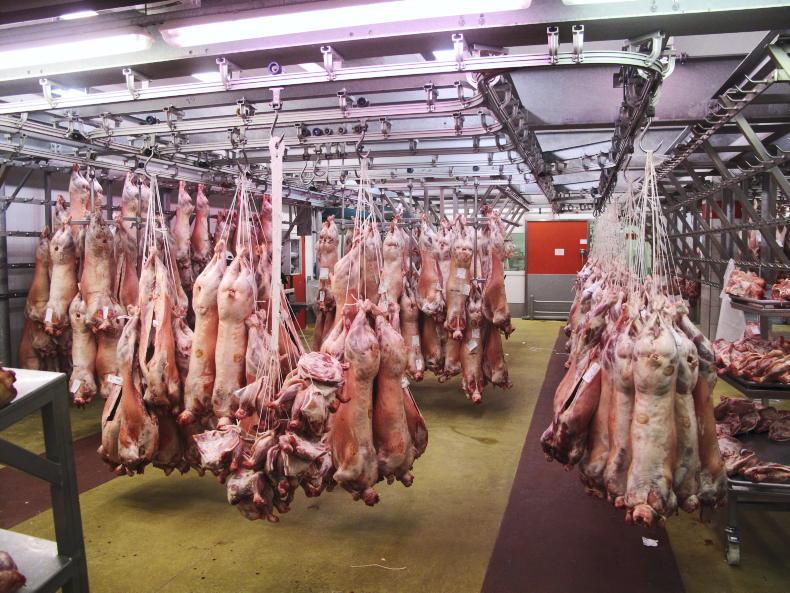
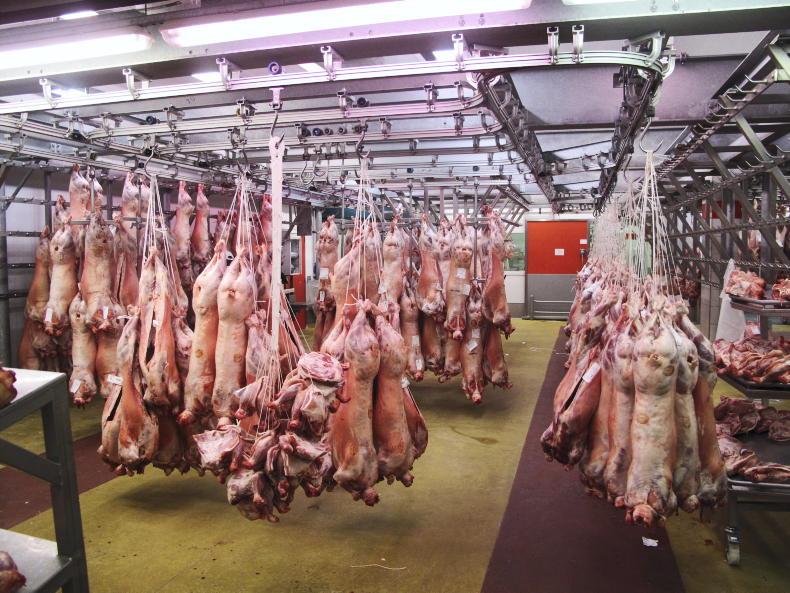

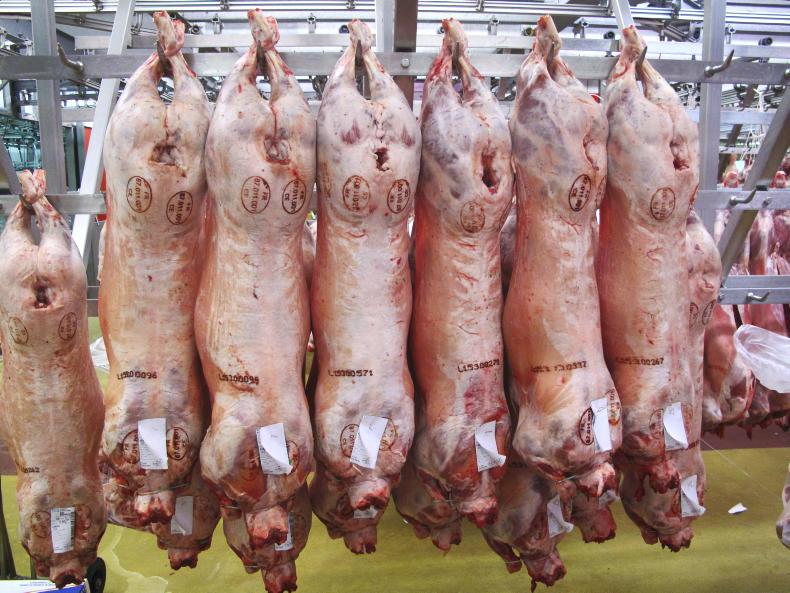
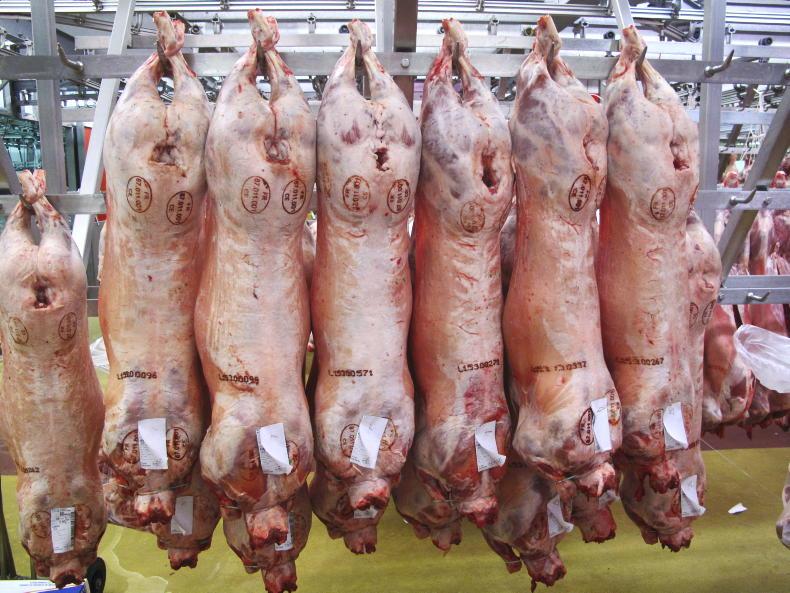
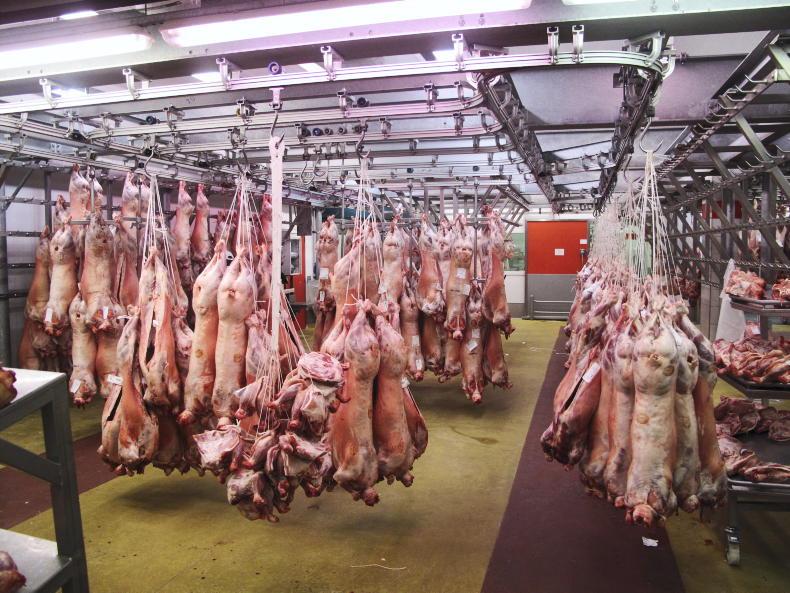
SHARING OPTIONS